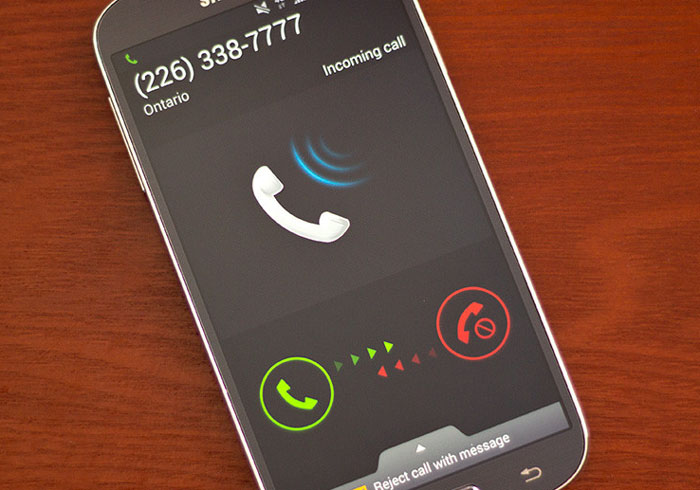
If you find yourself temporarily without a SIM card, or one that isn’t compatible with your cell phone, you will still be able to use your phone to make emergency calls, and possibly use certain features such as the camera or apps over WiFi.
#Why is my at and t phone showing no sim code#
All you need is a PAC code from your carrier. However, if you get a new phone designed for a different size SIM, it’s easy to port your number to a new SIM card. It’s also possible to “trim” down Standard SIM cards to fit the Micro SiM slot on more up-to-date phones, although this can potentially destroy the SIM card. There are also adaptors that can be used to make Nano SIMs suitable for older phones designed to hold Standard SIMs. These days, many SIM cards are pre-cut so that you can easily pop out the size you need for your device. Size: 0.24 inches by 0.20 inches (6 mm by 5 mm) You’ll find it in the latest iPhone and Google Pixel models. The latest version of SIM card technology comes embedded in the device and is the tiniest of the lot. Released in 2012, the Nano SIM is the most common size of SIM card in smartphones since the iPhone 5. Size: 0.59 inches by 0.47 inches (15 mm by 12 mm) The Micro SIM became the accepted size with the introduction of the iPhone 4 in 2010, and other phone models quickly followed suit. In fact, Standard (Mini) SIMs can be cut to turn them into Micro SIMs. The size of the contact is the same, but with less plastic casing around the edges. Micro SIMs are very similar to Standard (Mini) SIMs. Size: 0.98 inches by 0.59 inches (25 mm by 15 mm)
#Why is my at and t phone showing no sim full#
Significantly smaler than the Full SIM, Standard (Mini) SIM cards were used in older mobile phones, such as the iPhone 3G and flip phones. The original SIM of the 1990s was rectangular and roughly the size of a credit card. Depending on the age of your device, you may have a Standard, Micro, or Nano SIM inside your phone. When SIM cards were first introduced in 1991, they were huge - about the size of a credit card! Thankfully, they have been getting smaller and smaller as technology develops. Why Do SIM Cards Come in So Many Different Sizes? This means that some type of SIM card is likely to be required for devices that use this network.Īn increasing number of smartphones support both GSM and CDMA, making it easier to switch networks while keeping the same device. As technology changes, however, cell phone providers have upgraded to Long Term Evolution (LTE), which is based on GSM technology. While arguably less convenient for users, CDMA handsets have often been heavily subsidized, giving users less incentive to switch phones frequently. Historically, phones that operated on the CDMA network saved the phone number and other identifying information to the handset itself.

The United States also has the CDMA (Code-Division Multiple Access) network, which is mainly used by Verizon and Sprint. Phones on the GSM network (such as T-Mobile and AT&T) always contain SIM cards, which can be inserted directly into other GSM phones. Your SIM card is what allows your phone to connect with a GSM network.

It’s the main network used around the world, especially in Europe, Asia, and Africa.

The history of the SIM card is linked to the development of the GSM (Global System for Mobile Communications) network, which is the global standard for telecommunications. They are especially useful for frequent travelers who want to use their phone abroad without paying international roaming charges. Prepaid SIM cards are a good option for people who don’t want to be tied to one carrier with a long-term contract. SIM cards are tied to a particular service provider (carrier) and can only be used with a service plan from that carrier, either with a long-term contract or on a prepaid or month-to-month basis. If a particular user hasn’t paid his or her phone bill, the carrier can stop service to the device. It’s also how a phone bill can be attributed to a particular device, based on usage. That code contains information about the carrier, country of origin, and a unique user ID. You may have wondered what the long code printed on your SIM card's microchip is all about.


 0 kommentar(er)
0 kommentar(er)
